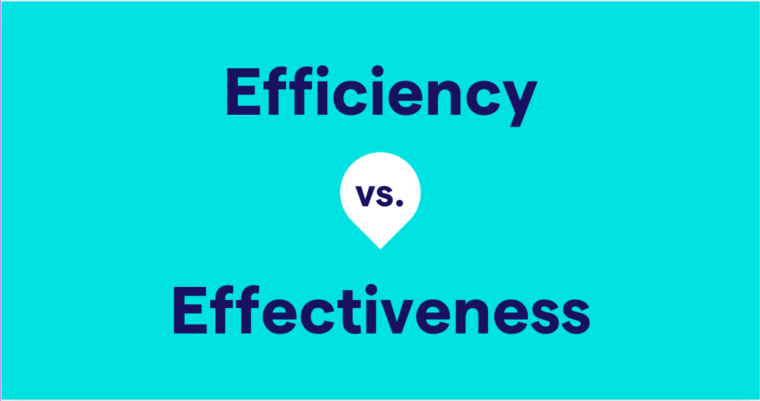A common error is to confuse into, spelled as one word, with the two words in to. When deciding which is right for your sentence, remember that into is a preposition that shows what something is within or inside. As separate words, in and to sometimes simply wind up next to each other.
A preposition is a word that shows a relationship, usually in terms of space or time, between words in a clause or phrase. Put simply, a preposition is a positioning word. Prepositions such as before, after, and since position elements in time; one thing happens before another, after another, etc. Some prepositions that position elements in space are over, under, around, through, on, off, in, and of course, into.
Generally speaking, into places something physically inside something else. The thing that does the containing may be concrete or it may be abstract.
Examples
Confusion regarding into vs. in to really only arises because in our mind’s ear, the two sound exactly the same. But the decision about which one to use is usually a simple one to make. Does something wind up within something else by the end of your sentence, whether it be within something concrete, like a box, or something abstract, like a timeframe? If the answer is yes, you need to write into as one word.
Feeling more confident? Naturally, there is an exception to this rule, just to mess you up.
When “into” denotes transformation
The only time when into does not involve a sense of within is when some kind of change or transformation has taken place.
“In” and “to” as neighboring words
In and to are both prepositions or adverbs in their own right (and in may sometimes be an adjective). When they fall logically next to each other in a sentence, you may find yourself having to resist the temptation to squish them together typographically.
One pitfall appears when you use in as part of a phrasal verb. Many verbs join forces with in to form a completely new meaning. For example, to drop and to drop in are radically different actions. When an in that is part of a phrasal verb falls next to a to, accidents happen.
Is say hello a place you can drop into and land inside of? No, it isn’t. So in and to should be written as two words. Dropped in is a phrasal verb in this case, and to is part of the infinitive to say.
Phrasal verbs used as prepositions in combination with to also cause problems.
In the early days of radio, a common error was to write about tuning into a favorite station. Today, in cyberspace, the most common misstep is to write about logging into a program, operating system, app, or website.
You don’t have to guess whether you’re using certain words correctly or breaking grammar rules in your writing. Just copy and paste your writing to check your grammar and get instant feedback on grammar, spelling, punctuation, and other mistakes you might have missed.





